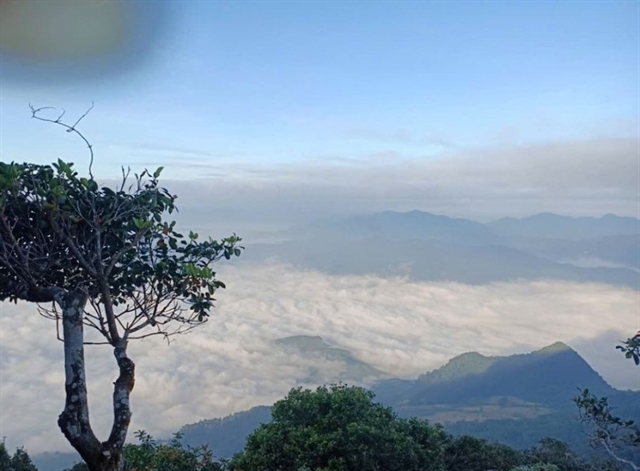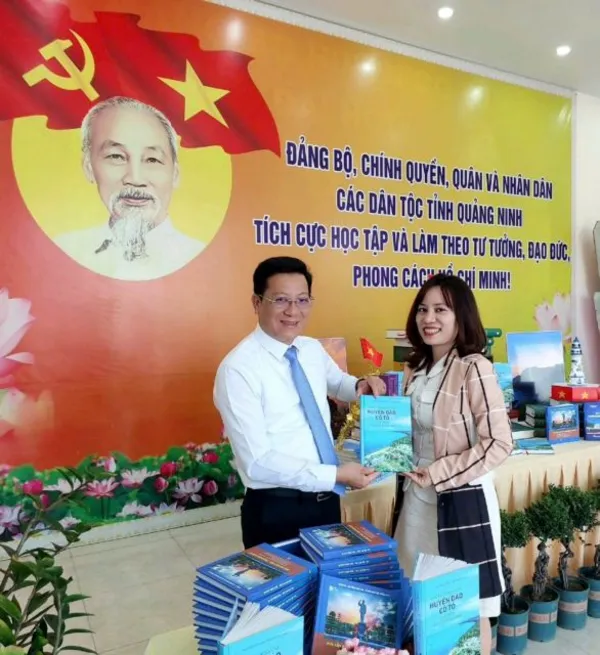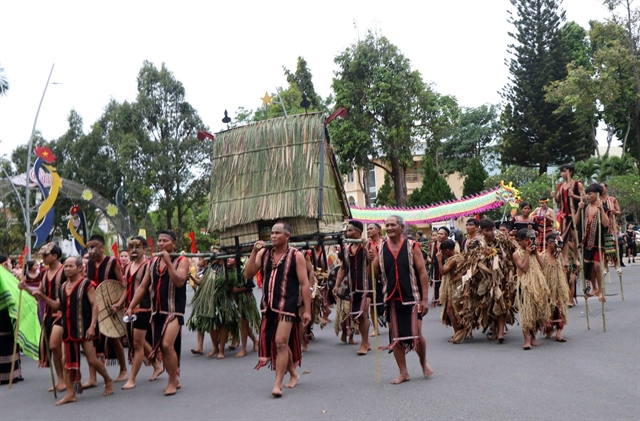 Travel
Travel

 |
| A performance of traditional musical instruments in the former province of Kon Tum, highlighting its cultural tourism potential as it has merged with Quảng Ngãi Province. - Photo baotintuc.vn |
QUẢNG NGÃI The merger of Kon Tum Province into Quảng Ngãi Province is expected to boost tourism growth by offering tourists a blend of highlands, forests and coasts.
Kon Tum is inhabited by 43 different ethnic groups. With unspoilt natural landscapes and primary forests stretching from the Ngọc Linh Mountains to the Pleiku Plateau, the locality offers tourists both scenic landscapes and culture.
Nearly 1.5 million people visited Kon Tum in the first half of 2025, with domestic tourists being the majority.
Although arrival numbers remained unchanged from the same period last year, tourism revenues shot up to VNĐ520 billion (US$20 million) from VNĐ365 billion.
The number of international visitors increased from less than 4,000 to over 7,500.
Bạch Thị Mân, deputy director of the provincial Department of Culture, Sports and Tourism, said the merger opens up cross-regional tourism routes and blends Quảng Ngãi’s coastal, cultural and culinary appeal with Kon Tum’s forest landscapes and ethnic tourism.
Tourists visiting Kon Tum are especially drawn to Măng Đen Town for its tranquillity, natural landscapes and cool climate, according to Bùi Viết Hà, chairman of the Măng Đen Tourism Association.
Some 80 per cent of tourists explore its rich ethnic culture, he said.
After the merger, Măng Đen can leverage the new Quảng Ngãi Province's abundance of resources to develop, he said.
But the underdeveloped transport infrastructure, with the lack of road connectivity, remains a major obstacle despite the strong tourism potential, he admitted.
Even National Highway 24 between Quảng Ngãi and Kon Tum remains a challenge for travellers due to its sharp curves and dangerous mountain passes, he said.
Mân said improving transport between Kon Tum and Quảng Ngãi is vital to reduce travel time and create conditions for rolling out new tourism products. Besides transport development, other crucial factors are digital transformation, stronger links with travel businesses and a high-quality tourism workforce.
Promoting Kon Tum’s ethnic minority culture requires integration into the new Quảng Ngãi cultural space while ensuring preservation through community tourism and cultural education, he added.
During a working session with the Quảng Ngãi and Kon Tum authorities on June 2, Việt Nam Communist Party General Secretary Tô Lâm said the merger to form the new Quảng Ngãi Province would bring together highlands, plains and sea and islands within a single territory.
The newly merged Quảng Ngãi Province is set to become a diverse tourism destination, featuring Lý Sơn Island with its geoheritage, Măng Đen Town and Kon Plông District with their temperate climate, primary forests and historic sites like Ba Tơ and Trà Bông.
He urged localities to preserve and promote ethnic cultures and enhance socio-economic development through community tourism and traditional craft villages, especially in rural and mountainous areas. VNS